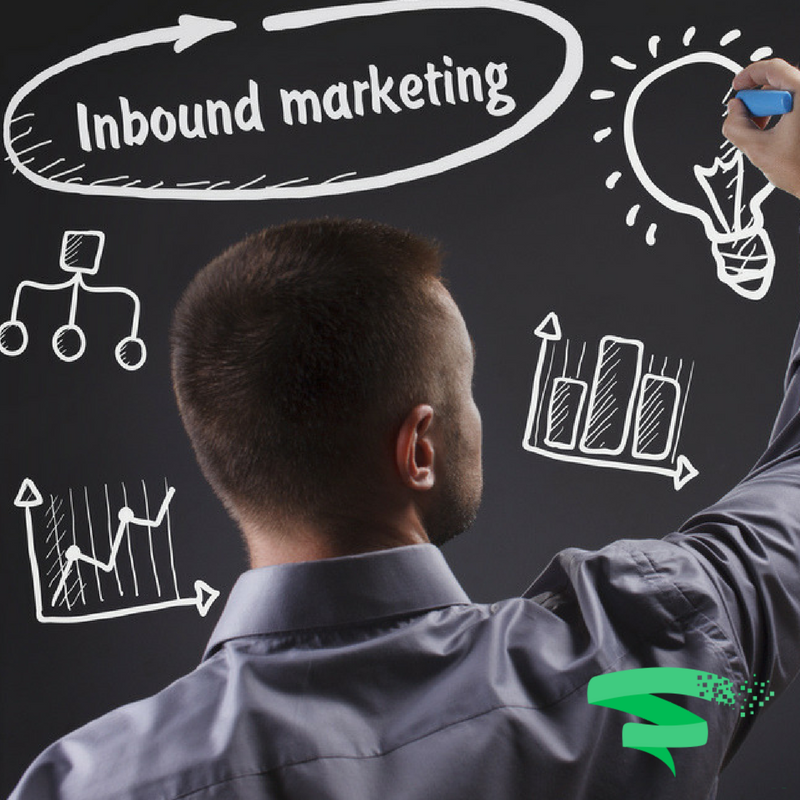If you own a small or medium-sized business, then how do you decide where to invest your marketing dollars? As the marketing landscape continues to evolve, it is difficult to know whether you should buy Facebook advertisements, use Google Adwords, invest in search engine optimization, stick with traditional magazine and radio ads or try something else.
If it is time to try something else, then consider inbound marketing. You might have heard this term but not known what it is or how it works. More importantly, you might have wondered if inbound marketing can benefit your company. The answer to that is, yes, it can.
There are mainly two kinds of marketing: outbound and inbound. The former, which includes traditional television ads, radio ads, and direct mail, is the kind of marketing that pushes a message at you (and is often referred to as “push” marketing). Many consumers find it intrusive, and more and more of them are tuning it out.
Inbound marketing, on the other hand, is designed to draw customers to you by providing free, helpful information. It is original content that people want to consume because it answers a question or offers a solution to a problem. Providing this kind of free information builds a relationship with your target market over time, and also creates trust with those who come to see your brand as one that offers assistance without asking for something in return. Then, when consumers are ready to buy, they will think of your brand and buy from you.
Where exactly are consumers supposed to find your content when they go looking for solutions? That is the magic question, but it is not too hard to figure out. You first need to know your target market. Is it urban millennial women? If so, they tend to congregate on Pinterest and Instagram. Is it baby boomers? They like to hang out on Facebook (and so does nearly everyone else). You can find out the user profiles for all of the social media platforms with a simple search engine query.
Once you know this information, then it is time to create original content for your target market on each platform. For example, if you sell vacation packages to millennials and you have chosen to market on Pinterest, then you might want to create pins with packing strategies or car rental tips. If you own a plumbing company and have decided to promote it on Facebook, then you might want to upload posts with insights about maintaining a water heater or unclogging drains. These posts can include text, videos, and photos. You can also create podcasts for Google Play, ebooks for your website, and videos for YouTube.
Over time, your helpful content will build positive brand awareness because you will have given people something of value. In exchange, many of them will want to become your customer. That is the power of inbound marketing. It quietly draws people in and turns them into clients and customers. Inbound marketing works for companies big and small, and it can work for yours, too.











